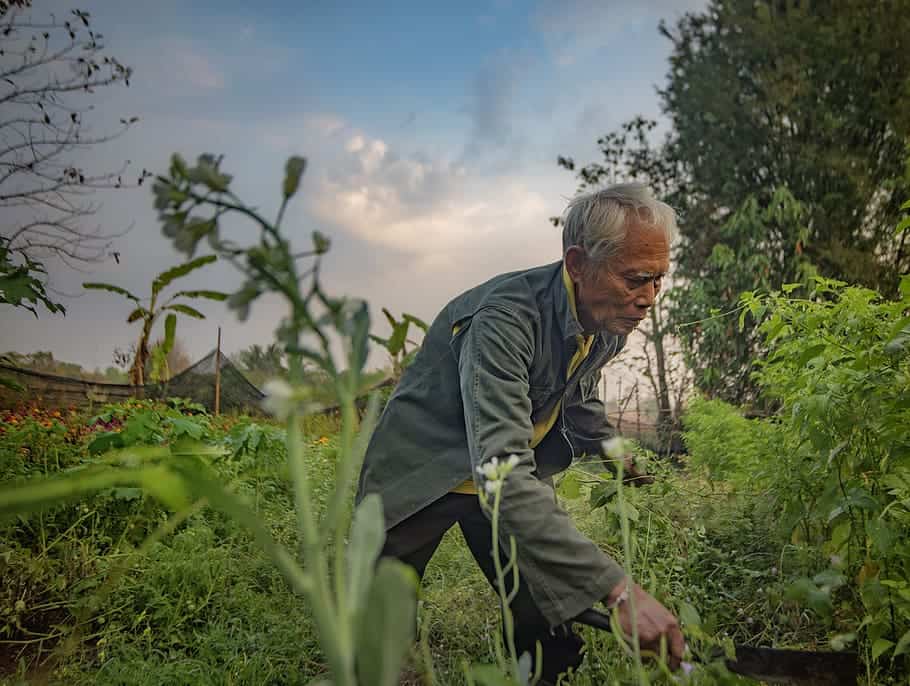Under the “Mera Pani-Meri Virasat” scheme, the government promises to pay Rs. 7000 subsidy per acre of diversified. After verification, the payment of Rs. 2000 as the first instalment is soon to be disbursed.
First Instalment Under Mera Pani Meri Virasat Scheme
Water conservation is the main objective of the scheme. Additionally, the government will procure diversified crops at the minimum support price to help the farmers. According to the Additional Chief Secretary of Agriculture, Sanjeev Kaushal, farmers will receive a total of Rs. 10.21 lakh as the first instalment through the direct benefits transfer mode. However, the payment will be processed only after physical verification of the crop by the government officials. Likewise, the farmers who diversified from paddy to cotton in Haryana will receive the first instalment under this scheme soon. And, at the maturing stage of the crop, their remainder of the payment will be done.
Helping the Farmers
Cotton growers in the Sirsa district are one of the biggest beneficiaries of Mera Pani-Meri Virasat with Rs. 2.26 crores subsidy. Also, farmers in Fatehabad will receive Rs 1.98 crore worth incentive. At the same time, the Jind district will receive 1.97 crores. The scheme helps farmers residing in areas that have groundwater level less than 40 metres. With the said subsidy, farmers feel encouraged to grow crops like maize, bajra, pulses and other horticultural crops.

Fake Diversification Fraud
The Agricultural department found that the farmers in Rewari, Rohtak and Jhajjar districts of Haryana gave false details regarding crop diversification to get benefits. In Rewari district, only 45 hectares of the 467.7 hectares registered under the scheme were valid. Likewise, in Rohtak, only 381.79 out of the total 1,283.7 hectares is valid registration. At that same time, Jhajjar’s 1,396 hectares are valid out of 2,456 hectares. Also, the invalid cultivated area accounts to the land that was not under paddy cultivation the previous year. And, that was a prerequisite for the scheme— more than 90% in Rewari, 57% in Jhajjar and 70% in Rohtak area fell under the “invalid cultivated area”.
In conclusion, the government brought in the scheme to help conserve water and ease the burden of farmers. But, fraud and deceit in many places regarding diversification have called the success of the programme into question.